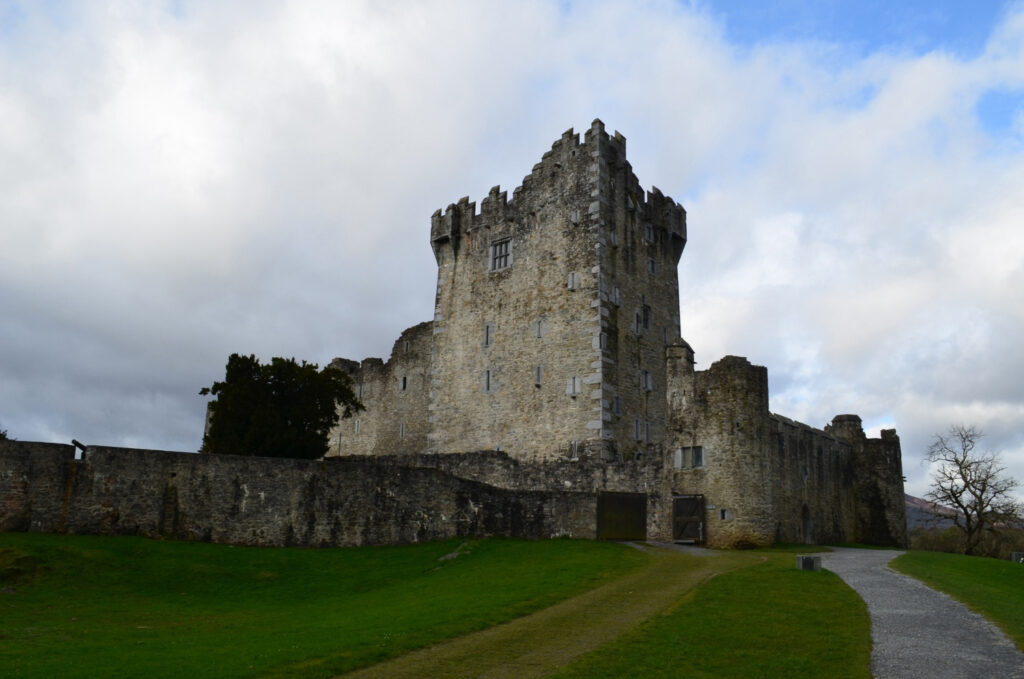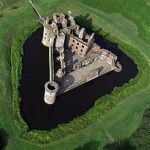Welsh culture is a rich tapestry woven from centuries of history, mythology, and tradition. Nestled in the western part of Great Britain, Wales boasts a distinct identity that is reflected in its castles, mythical creatures, and time-honored customs. In this exploration of Welsh culture, we’ll delve into the fascinating world of castles, encounter the legendary dragons that breathe life into Welsh folklore, and discover the traditions that bind the people of Wales together.
1. Castles: Sentinels of History
Welsh castles stand as formidable sentinels, guarding the country’s history and narrating tales of conquests, conflicts, and resilience. With over 600 castles, Wales has one of the highest castle densities in the world. Each castle is a testament to the turbulent past that has shaped the Welsh landscape.
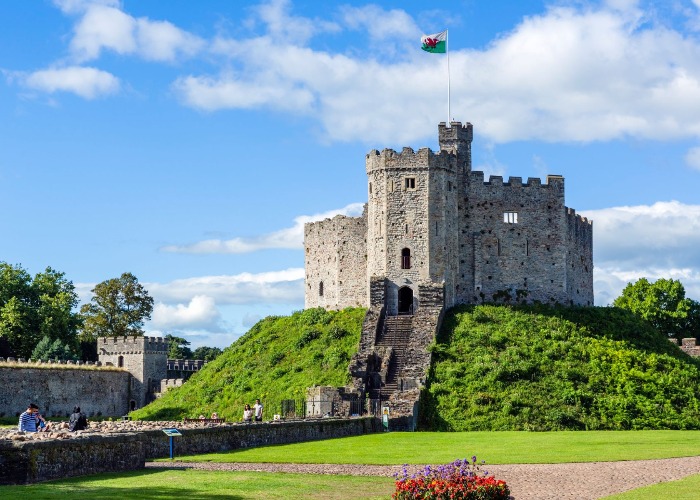
Harlech Castle
Perched on a rocky outcrop overlooking the Irish Sea, Harlech Castle is a UNESCO World Heritage Site and a prime example of medieval military architecture. Built by Edward I in the late 13th century, this fortress played a crucial role in various historical events, including the Wars of the Roses.
Caernarfon Castle
A symbol of English dominance in Wales, Caernarfon Castle is an architectural masterpiece and an integral part of the “Iron Ring” of castles built by Edward I. Its imposing walls and polygonal towers make it an iconic structure, and it served as the site of the investiture of the current Prince of Wales, Prince Charles.
Conwy Castle
Situated on the banks of the River Conwy, this medieval fortress is another jewel in Wales’ crown of castles. Built by Edward I between 1283 and 1289, Conwy Castle is a marvel of military engineering and a testament to the power dynamics that defined the medieval era.
Welsh castles not only showcase the architectural prowess of the time but also offer visitors a glimpse into the daily lives of those who inhabited these structures. From towering battlements to imposing gatehouses, each castle tells a unique story of war, conquest, and cultural exchange.
2. Dragons: Mythical Guardians of Wales
Dragons have long been associated with Welsh mythology, and the iconic red dragon is a symbol deeply ingrained in the country’s identity. The legend of the red dragon and the white dragon has its roots in ancient Welsh tales and has become a symbol of the struggle between the native Welsh and invading forces.
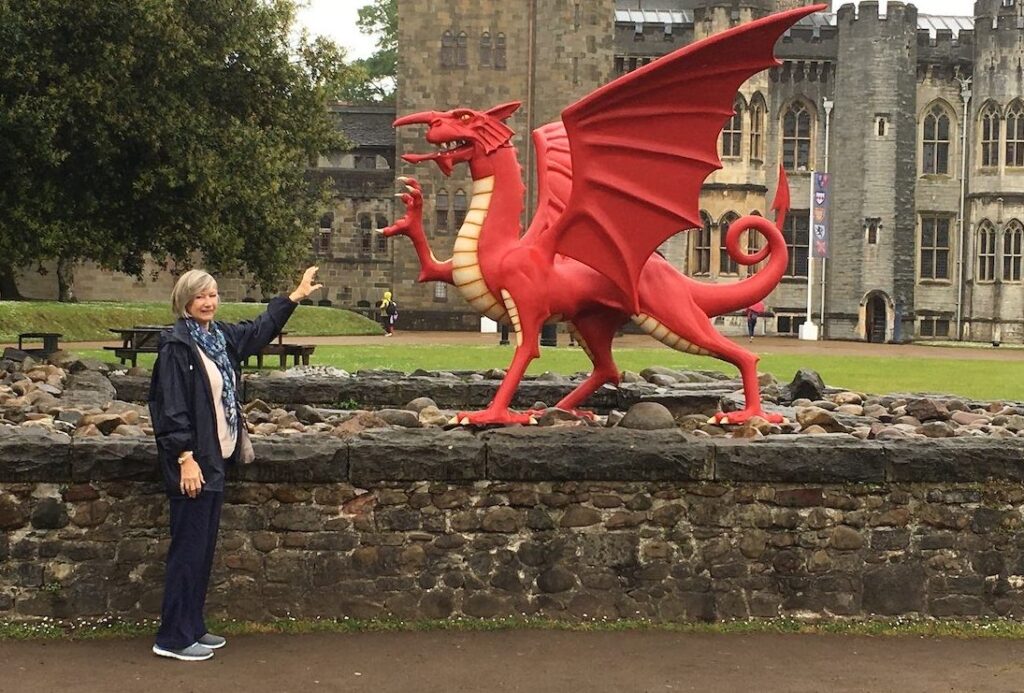
The Red Dragon of Wales
Y Ddraig Goch, the Red Dragon, is the national symbol of Wales. Legend has it that the red dragon was prophesied to defeat the white dragon, symbolizing the triumph of the Welsh over their adversaries. The image of the red dragon is proudly displayed on the Welsh national flag, emphasizing the resilience and spirit of the Welsh people.
The Tale of Merlin and the Red Dragon
In Welsh mythology, Merlin, the legendary wizard, foretold the rise of the red dragon. According to the prophecy, the red dragon would emerge from its hidden lair and lead the Welsh to victory against the invading Saxons. This myth has become ingrained in Welsh culture, symbolizing the enduring spirit and determination of the Welsh people.
Dragon Symbolism in Welsh Heraldry
The red dragon has not only captured the hearts of the Welsh people but is also prominently featured in Welsh heraldry. From official emblems to the logos of sports teams, the dragon is a symbol of pride and identity. Its fiery image represents not only mythical strength but also the cultural strength that has allowed Wales to preserve its distinct identity throughout history.
3. Tradition: Eisteddfodau, Rugby, and Song
Welsh tradition is a vibrant mosaic of celebrations, sports, and cultural events that bring people together. Whether it’s the poetic gatherings of Eisteddfodau, the passion of rugby matches, or the soul-stirring melodies of traditional Welsh songs, these traditions play a crucial role in fostering a sense of community and pride.
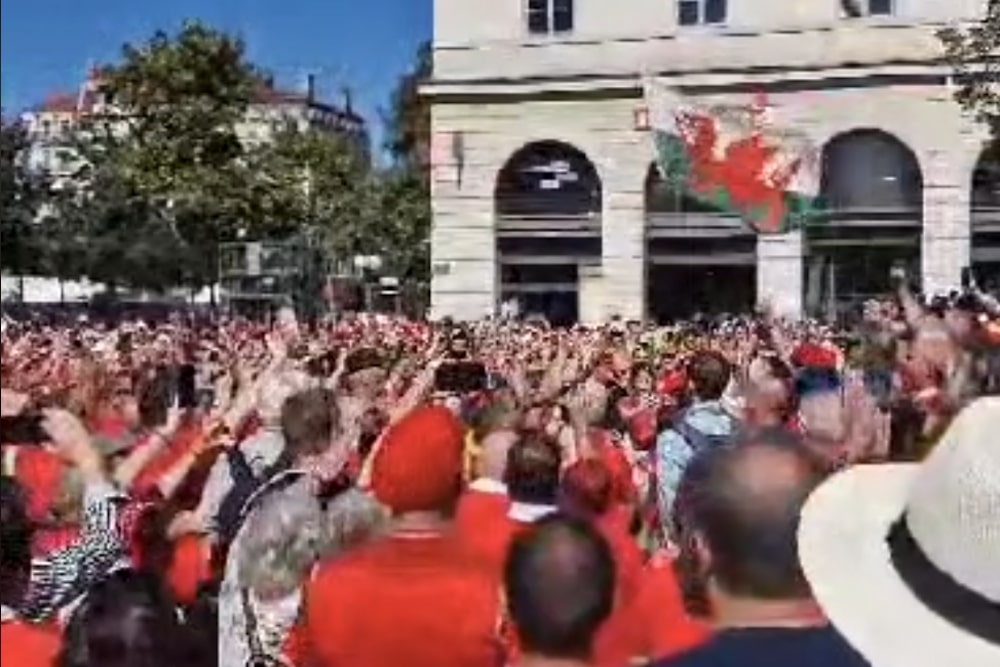
Eisteddfodau: Celebrating the Arts
Eisteddfodau are traditional Welsh festivals that celebrate the performing arts, including poetry, music, and dance. These events have a long history, dating back to the 12th century, and continue to be a platform for showcasing Welsh talent. The National Eisteddfod of Wales, held annually, is a highlight of the cultural calendar, drawing participants and spectators from across the country.
Rugby: A National Obsession
Rugby is more than just a sport in Wales; it’s a way of life. The Welsh are passionate about their rugby, and matches involving the national team, known as the Welsh Dragons, elicit fervent support from fans. The Millennium Stadium in Cardiff becomes a cauldron of energy during international matches, echoing with the cheers of passionate supporters.
Singing Tradition: Male Voice Choirs
Wales has a deep-rooted choral tradition, with male voice choirs being a particularly cherished cultural phenomenon. These choirs, with their powerful harmonies, have captivated audiences around the world. The tradition of male voice choirs has its origins in the coal mining communities of Wales, where singing provided solace and solidarity during challenging times.
In conclusion, Welsh culture is a multifaceted gem, shining brightly with its castles, dragons, and traditions. The castles stand as silent witnesses to the ebb and flow of history, dragons symbolize the indomitable spirit of the Welsh people, and traditions weave a cultural fabric that binds communities together. As you explore the enchanting land of Wales, you’ll find that its rich heritage is not just a thing of the past but a living, breathing force that continues to shape the present and future.
